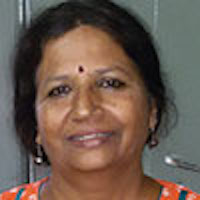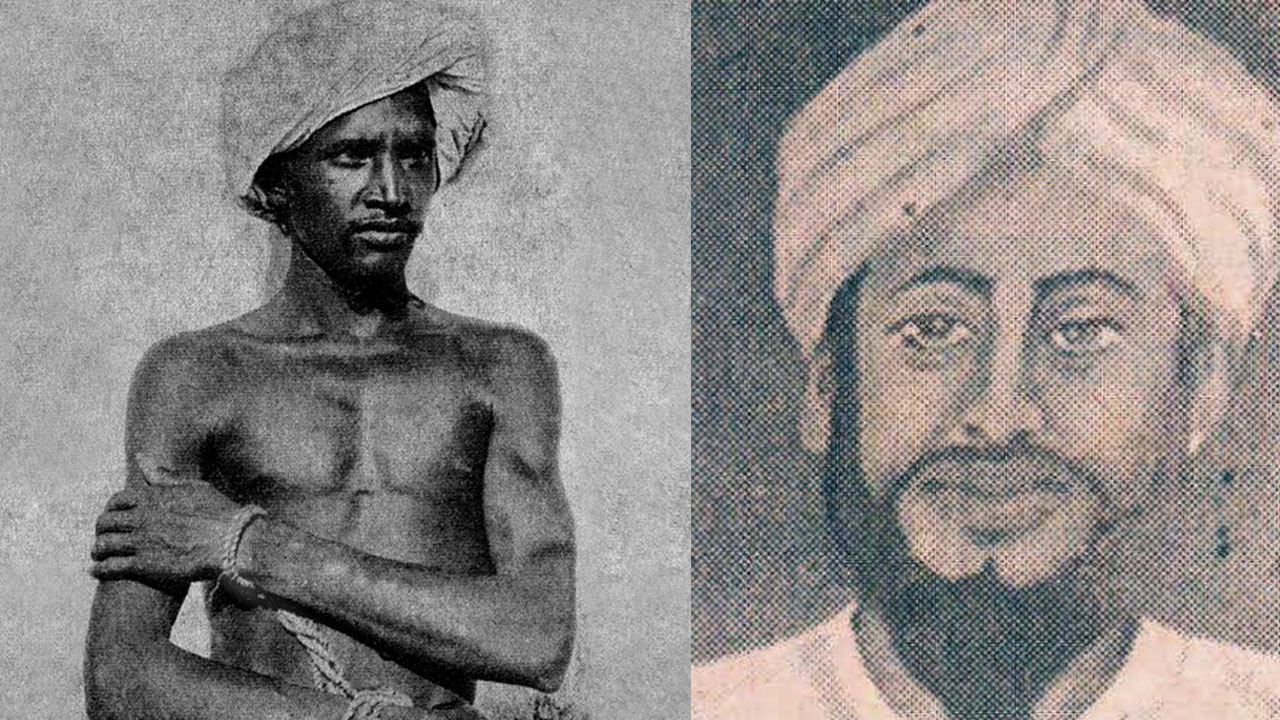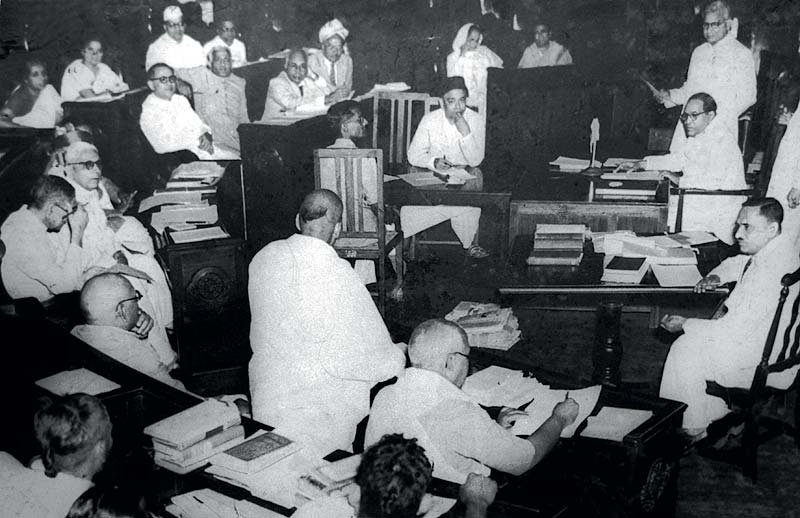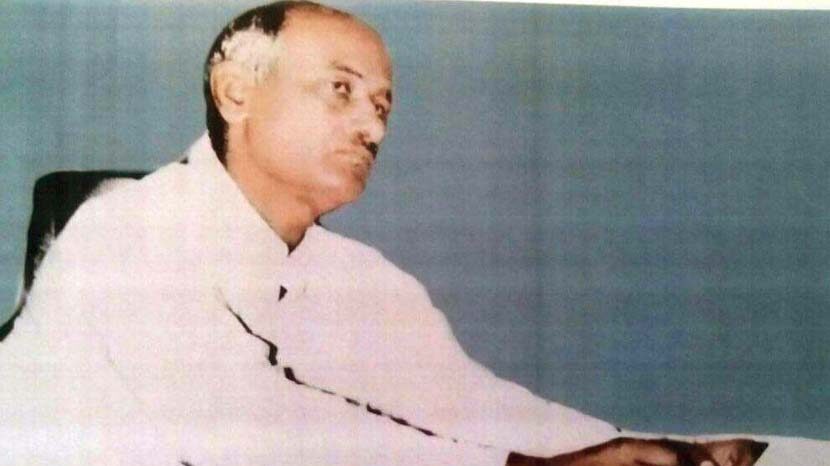Who and what were the influences on Shahu? What were the ground realities when he came to power? What was the driving force behind his reforms? What were his historic limitations? A modest attempt is made to understand Shahu, the revolutionary ruler of Kolhapur.
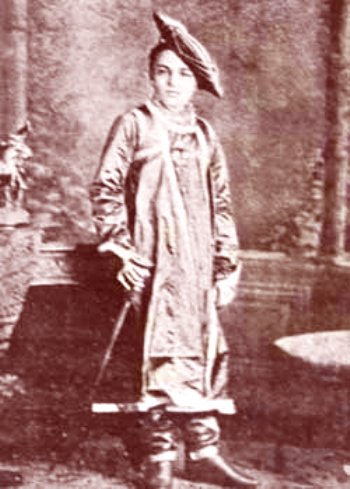
Shahu was formally adopted and declared the heir to the Kolhapur throne in 1884 when he was barely 10. His coronation was held in 1894 at the age of 20. Between his adoption and coronation, he was privately tutored by a kind, just and liberal-minded Englishman, Stuart Fraser. In addition to politics, economics, science and the languages, one of the texts that Shahu was made to study was the book Letters to an Indian Raja by Mama Parmanand, a friend and confidant of Mahatma Phule. The letters contained in this book, among other things, refer to Shivaji as a leader of the peasants and Akbar as a just ruler. It is believed that this text made a deep impact on the young Shahu. He was also taken on three very extensive tours covering the whole of India. A tour of his own princely state was also arranged for the future ruler, exposing him to the ground realities. During these trips he interacted closely with peasants, shepherds and such other common folk. Being sensitive and compassionate by nature, he was deeply affected by the stark poverty, caste oppression and exploitation that Indians, in general, and his subjects, in particular, had to endure. These tours provided him with a first-hand experience of deprivation and broadened his horizons.
In 19th-century Maharashtra, Brahmins were in a dominant position economically, socially and culturally. They alone were in a position to access and take advantage of the modern, Western educational system and administrative mechanism that the British government was gradually introducing all over the region. They had a stranglehold over the administration, education and professions and tended to exclude everyone else. They cleverly and selfishly tried to project society as a binary – high-caste Brahmins and low-caste Shudras. There was a rarefied atmosphere at the top of the caste pyramid as more and more sections were being pushed down. This included the royalty, which was below the Brahmins in the hierarchy.
When Shahu ascended the Kolhapur throne in 1894, this was what he encountered in his own state – so much so that he perceived the monopoly of the Brahmins in his administration as a more immediate threat to his survival than the overarching rule of the British. The influence and activities of the Satyashodhak Samaj, founded and led by Mahatma Phule and Savitribai Phule during their lifetime, was on the wane. There was no grassroots non-Brahmin movement to challenge the domination of the Brahmin class. The Chhatrapati’s royal powers too were limited rather than absolute, as he was a vassal prince under the ever-watchful eye and control of the British rulers. He could not afford to antagonize the latter as the threat of annexation was like a sword dangling over him and his state. His scope for manoeuvre was thus restricted.

Very early in his royal career Shahu got into a major scuffle with the Brahmin class in what came to be known as the Vedokta controversy. In the year 1889, once while he was having a bath, Shahu discovered that the palace Brahmin priest who was supposed to perform the complete Vedic rites in honour of the king was actually short-changing him by performing the Puranokta rites, meant for the Shudras. Shahu was enraged and declared a full-scale war on the Brahmins’ caste arrogance. This seemed to be the starting point of a journey that led to far-reaching socio-legal reforms meant to unseat the Brahmins from their traditional power base and elevate those from the Backward Classes to those positions.
Soon after this incident and the conflict that followed, he announced his revolutionary manifesto of 50 per cent reservation for the Depressed Classes in government jobs. He quickly progressed from a personal sense of outrage to a general sensitivity and awareness of the sufferings of those on the wrong side of the caste divide. He didn’t stop at mere awareness; he put his ideas into practice by enacting the most radical laws to topple the hierarchical caste structure and dislodge the Brahmins from their high perch. This is how he made history and carved a unique place for himself.
Phule: Convergence and Divergence
Of course, one could clearly see the stamp of Phule in all that he rose – and chose – to do. Phule had critiqued the brahmanical, patriarchal caste system that subjected women, Shudras, Ati-Shudras to perpetual slavery and ignorance. Phule had issued a call to these very sections to oppose the machinations of the Brahmin shetji\bhatji – priest, feudal lord, moneylender – deadly combine. To that end, education of the suppressed masses was the first step. He fostered the hope that the brahmanical caste structure could be dismantled through education of and united action by the oppressed.
Shahu furthered Phule’s educational agenda, universalized primary education, and tried to eradicate untouchability, liberate his people from Brahmin priests and break the back of the Brahmin bureaucracy but he couldn’t go the whole hog despite having the advantage of royalty. His royalty was in any case under the control of the British. With the latter keeping an eye on him like hawks and with a hostile administration, comprised mainly of Brahmins, cramping his style, his options were severely curtailed. In fact, towards the end of his reign, Shahu, with his radical stance and practice, had
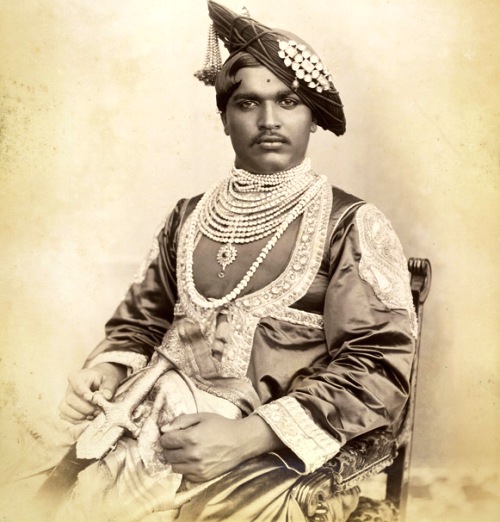
managed to antagonize his political opponents – the Brahmin class – to such an extent that they began to spread canards about him. He had to rally behind the foreign rulers to counter this attack. This included denial of any links with the Satyashodhak Samaj and gravitation towards the Arya Samaj. The latter, which rejected caste distinctions but maintained the sanctity of the Vedas, was more acceptable to the British than the anti-establishment outfit, Satyashodhak Samaj.
Unlike Shahu, who was quite high up on the caste ladder, Phule was of peasant stock and a Shudra to boot. There was no way Shahu could have matched the radicalism of Phule. While the latter would settle for nothing less than a complete destruction of the brahmanical caste system and priestly mediation, Shahu was content to replace Brahmin priests with priests from other communities. His royalty also coloured his vision, circumscribing his project. He seemed to reject Brahmanism and yet aspired to it, not just for himself.
Despite these limitations, the measures he undertook to blunt caste distinctions, erase untouchability, educate the masses took on a momentum which even he could not have foreseen. He had managed to awaken the downtrodden folk and raise their aspiration to being part of an egalitarian society. He wholeheartedly supported the latter even while he sought to protect his own class interests. Fortunately, the two processes were complementary. In the end, the social forces he had unleashed went beyond him and his princely state.
Ambedkar: Shahuji’s Legacy and Beyond
Shahu was an ardent admirer of Dr Ambedkar and a staunch supporter of his leadership of the Depressed Classes. Ambedkar, in turn, revered him and considered him to be the benefactor of the masses and a champion of their causes. Babasaheb was quite impressed by Shahu’s policy and practice of positive discrimination. When Ambedkar became Law Minister post Independence, he furthered Shahu’s socio-legal reforms like Backward Class reservations, codification of Hindu Law by making them applicable to the whole of India. However, there was a crucial difference between the two. While Shahu was a king, Ambedkar was an “Untouchable” with all that the term implied. It is hardly surprising that Ambedkar was a lot more stubborn when it came to his agenda of annihilation of caste.
Ambedkar’s analysis and understanding of caste was unique and original. Ambedkar saw it as a graded hierarchy in which castes are arranged according to an ascending scale of reverence and a descending scale of contempt with no scope or hope of the different oppressed castes coming together to fight the system. He fundamentally differed from Phule in this respect, as the latter believed that Stri, Shudra and Ati-Shudra could all come together to unitedly fight Brahmanism. Having no hope that this would ever happen, Ambedkar chose to leave hierarchical Hinduism and embrace egalitarian Buddhism, taking his followers with him.

Phule, Shahu and Ambedkar had many things in common personally. All three were English-educated and influenced by Western, liberal thinkers. Phule was deeply influenced by Thomas Paine’s Rights of Man. Ambedkar was an ardent follower of John Dewey, a leading intellectual, humanist and one of his professors at Columbia University. Shahu loved and respected his guru, Fraser. He also admired the American missionaries, particularly Dr Wanless and Dr Vail, and their humanitarian work among the downtrodden masses, as also their egalitarian approach. All three had experienced humiliation at the hands of Brahmins and were rational enough to relate their personal trauma to the larger structure of caste oppression. All three transcended their personal experience to generalize and acted upon that generalization. All three believed that education of the depressed classes was the key to their liberation. They expressed the same sentiment in different words. For Phule, education would open the doors to “Tritiya Ratna”, an inner perception, which would help people understand and fight their exploitation. Shahu encouraged his people “to learn, to unite and to fight for their rights”. Ambedkar urged people to “educate, agitate, organize” to reclaim the human personality.
Shahuji’s Legacy of Laws and Reforms
Notwithstanding their commonalities, all three viewed the world from different rungs of the caste ladder. Among the three, Shahu’s situation was qualitatively different. By virtue of being a king, he was perched fairly high on the caste ladder. What started as a prestige issue for Shahu in the Vedokta controversy turned into a war against Brahmanism, which, to his eternal credit, spread to embrace all those below him in the caste rung, to form a truly inclusive society. He did this in his own unique style, by intervening at both ends of the caste spectrum, namely by reducing the dominance of the Brahmins within the government and simultaneously providing more and more opportunities to the Backward Classes to educate themselves and rise through the ranks of the state hierarchy. His strategy for the non-Brahmin upper castes – along with Jains, Muslims and Christians – was less direct. He encouraged these castes to develop themselves fully under their own trusted caste leaders. He encouraged different caste hostels. He went out of his way to blunt caste differences by encouraging inter-caste dining, marriage, etc. In the process, he carved a special place for himself in the social history of Maharashtra and won the title of Rajarshi and “The pillar of social democracy”. He also provided that crucial link in the non-Brahmin struggle that grew to make a permanent mark in the social ethos of Maharashtra.
Among his contributions, three pieces of legislation stand out as pioneering work, without precedence or parallel. One, the 50 per cent reservation for Backward Classes; two, the universalization of primary education; and three, the prevention of cruelty to women – all of which have found an echo now, post independence, in the form of reservations, the Right to Education Act and the Prevention of Domestic Violence, Act, respectively, after much dithering and lobbying.
Phule, Shahu, Ambedkar: Gender Revolutionaries
On the gender question, too, there was much that the three social revolutionaries shared and contributed.
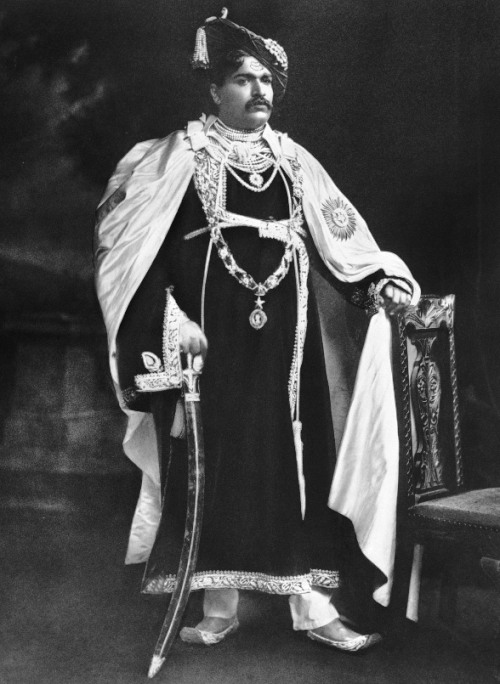
Phule, Shahu and Ambedkar had, intuitively and otherwise, realized that there existed an unholy nexus between the institution of caste and patriarchy – that the two were intricately and intrinsically related, that they upheld and reinforced one another and that it was difficult to say where one ended and the other began. They also observed that brahmanical, patriarchal caste order sought to keep women and “low castes” in a perpetual state of slavery and subordination in order to reproduce itself. So they addressed these very sections. Phule famously called for the unity of Stri, Shudra and Ati-Shudra to overthrow this oppressive order. According to him, they had nothing to lose but their chains! All three reformers tried their utmost to provide relief to these sections and to improve their status within the system while they were simultaneously engaged in its overthrow.
Thus while the Phules opened schools for women, started a widows’ home, arranged for widow remarriages, Shahu made and enforced powerful laws against the devadasi system and domestic violence, and legalized inter-caste and inter-religious marriages and widow remarriage. He was equally sensitive about the subtle ways in which sexism operates. He issued orders against verbal abuse of women, especially during the Holi festival drunken revelry. He granted “adult” status to women above 18 years of age, the same as for men. Ambedkar granted women Constitutional guarantees of equality, argued for women’s control over reproduction and ensured paid maternity leave for women workers. Ambedkar had correctly understood and appreciated women’s contribution to social production and reproduction. He also tried his level best to obtain for them their inheritance rights.
Shahu was a crucial link between Phule and Ambedkar, the two doyens of the non-Brahmin, women’s emancipation movement that swept through 19th\early 20th-century Maharashtra. He took the mantle from the one and passed it on to the other. Herein lay his historic, revolutionary and gender-sensitive contribution.
Forward Press is both India’s first fully bilingual (English-Hindi) website and a publisher of books focused on Bahujan-related issues. These books shed light on the widespread problems as well as the finer aspects of the Bahujan (Dalit, OBC, Adivasi, Nomadic, Pasmanda) community’s literature, culture, society and culture. Contact us for a list of FP Books’ titles and to order. Mobile: +919968527911, Email: info@forwardmagazine.in
